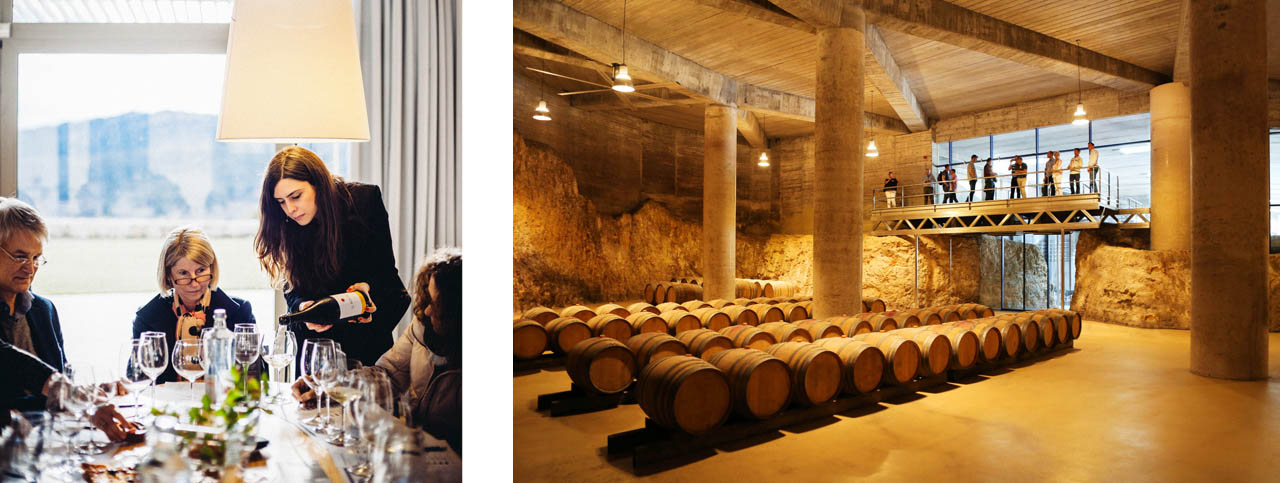The Project
CARLOS ESTEVA
Visionary, innovative and pioneer in our way of doing things. If there are wines that identify with how the person that elaborates them is… Without a doubt, they are Carlos Esteva´s wines. In 1979, Carlos Esteva decided to go live on his grandfather’s farm, Can Ràfols dels Caus. His first contacts with viticulture took place in Menorca, in the 1970s, but it was not until he took over the family farm…
The Wines
EVERYTHING ARISES FROM AN INNER CRY

Wine tourism
CAN RÀFOLS DELS CAUS

Events
CORPORATE AND CELEBRATIONS

News
OUR DAY TO DAY
Photovoltaic installation for self-consumption
Project included in the incentive program linked to self-consumption and storage, with renewable energy sources, as well as the implementation of renewable thermal systems in the residential sector, within the framework of the [...]




